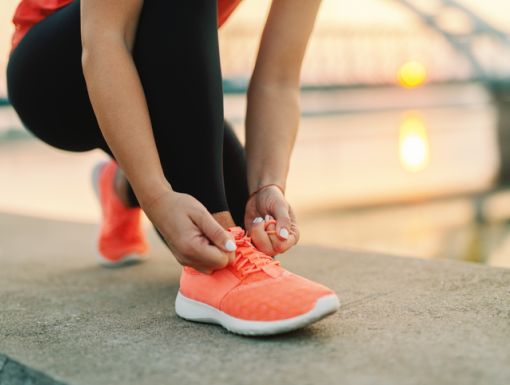
Best Materials for a Mask
Now that the current CDC recommendation is people should wear a cloth face covering to cover their nose and mouth in the community setting, you may be wondering what the best materials are to make your homemade mask. Read on for what type of facemasks you should be using and what materials you should use.
What kind of mask should you wear?
While the CDC does recommend using a facemask when you go on your essential errands, such as to the grocery store or pharmacy, this does not mean you should buy N95 respirators or surgical masks. These masks should be reserved for healthcare workers or other medical first responders, as recommended by CDC guidance. A cloth mask using household items is appropriate to wear in community settings.
The CDC recommends cloth face coverings that:
- fit snugly but comfortably against the side of the face
- are secured with ties or ear loops
- include multiple layers of fabric
- allow for breathing without restriction
- can be laundered and machine dried without damage or change to shape
It is also important to keep in mind that these cloth face coverings are recommended not because they will prevent you from getting sick, but because they may help keep your germs from spreading to other people.
What Fabric Should I Use?
The most important factor when choosing a material for your mask is choosing one that is dense but still breathable when you wear it. If you put a mask on and you can’t breathe, that is not a mask you want to use. One way to test the density of fabric is holding it up to the light. If light easily passes through, then your fabric may not be dense enough. You can also fold the same piece of fabric over to create a denser mask. You also want to pick a fabric that you can put in the washing machine and dryer. They should be routinely washed depending on the frequency of use.
Some fabrics you should consider include:
- Cotton - for added protection, create a mask with two layers and pleats
- 600-thread-count or higher pillowcases
The steps to turn these materials into masks are straightforward. There are sew and no-sew options. The CDC lists a few tutorials where all you need in addition to the fabric are scissors and some hair ties.
If you are folding the fabric into sections, you can also insert a cut-up coffee or vacuum filter for an added layer of protection.
And remember: The best way to stay healthy and keep people safe is to stay home. Continue to practice social distancing, even while wearing masks.
This blog was edited on Aug. 20, 2020, to reflect current recommendations.
Learn more about the COVID-19 vaccine at ochsner.org/vaccine.
The information in this blog post is accurate at the time of publication. However, as the situation surrounding COVID-19 continues to change, it's possible that information has changed since being published. While Ochsner Health is trying to keep our blog posts as up-to-date as possible, we also encourage readers to stay informed on news and recommendations by using the CDC website.



